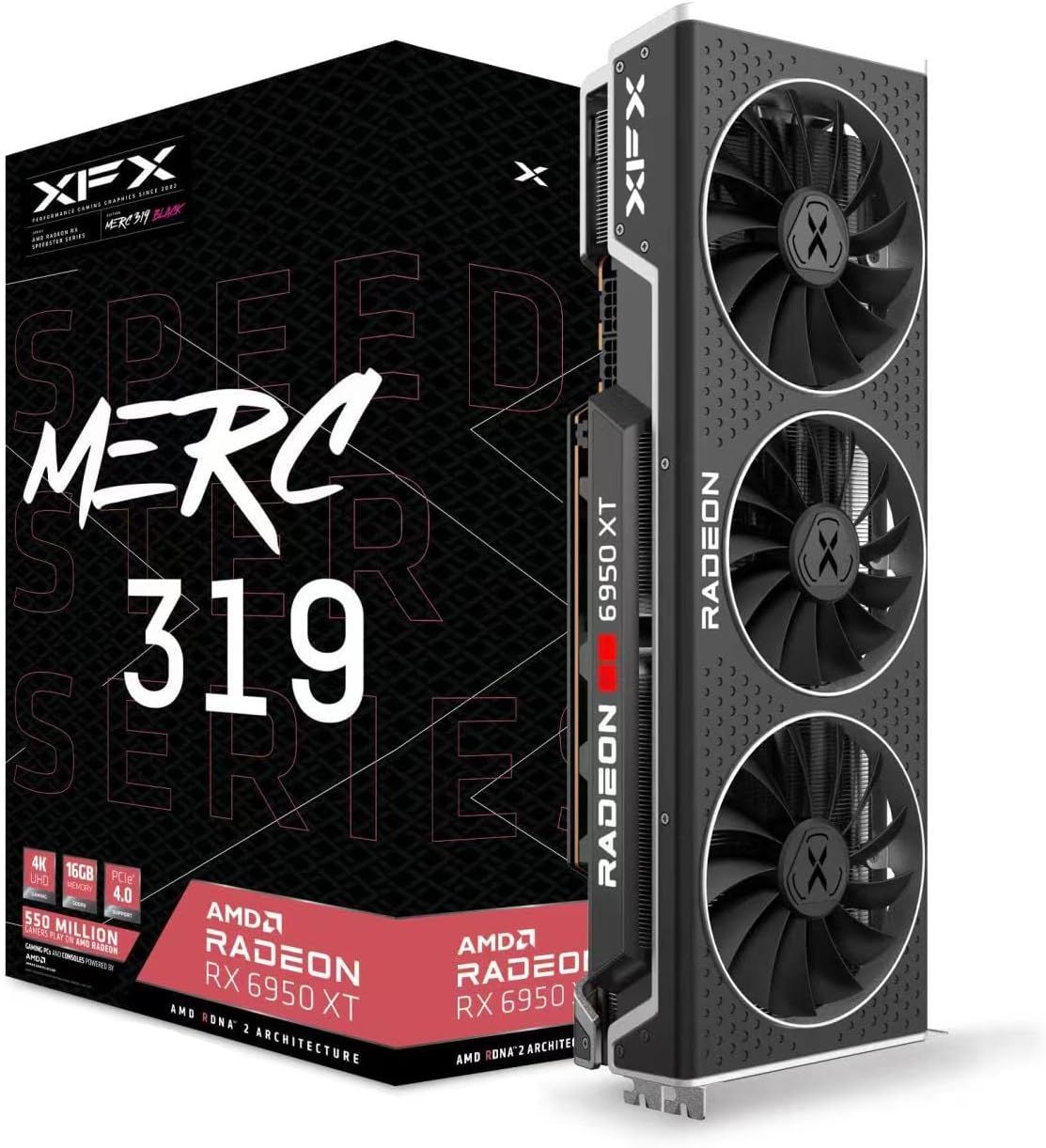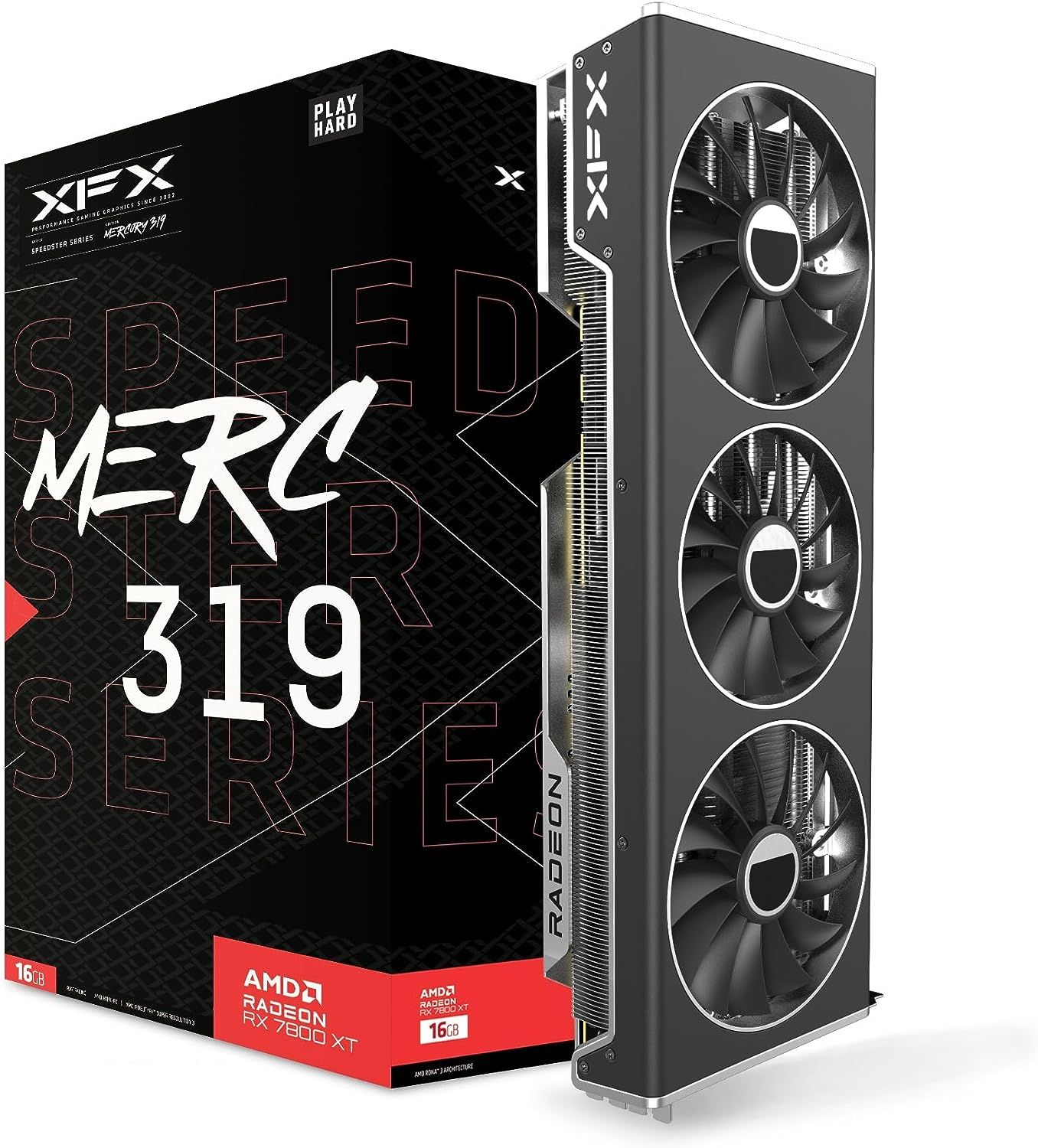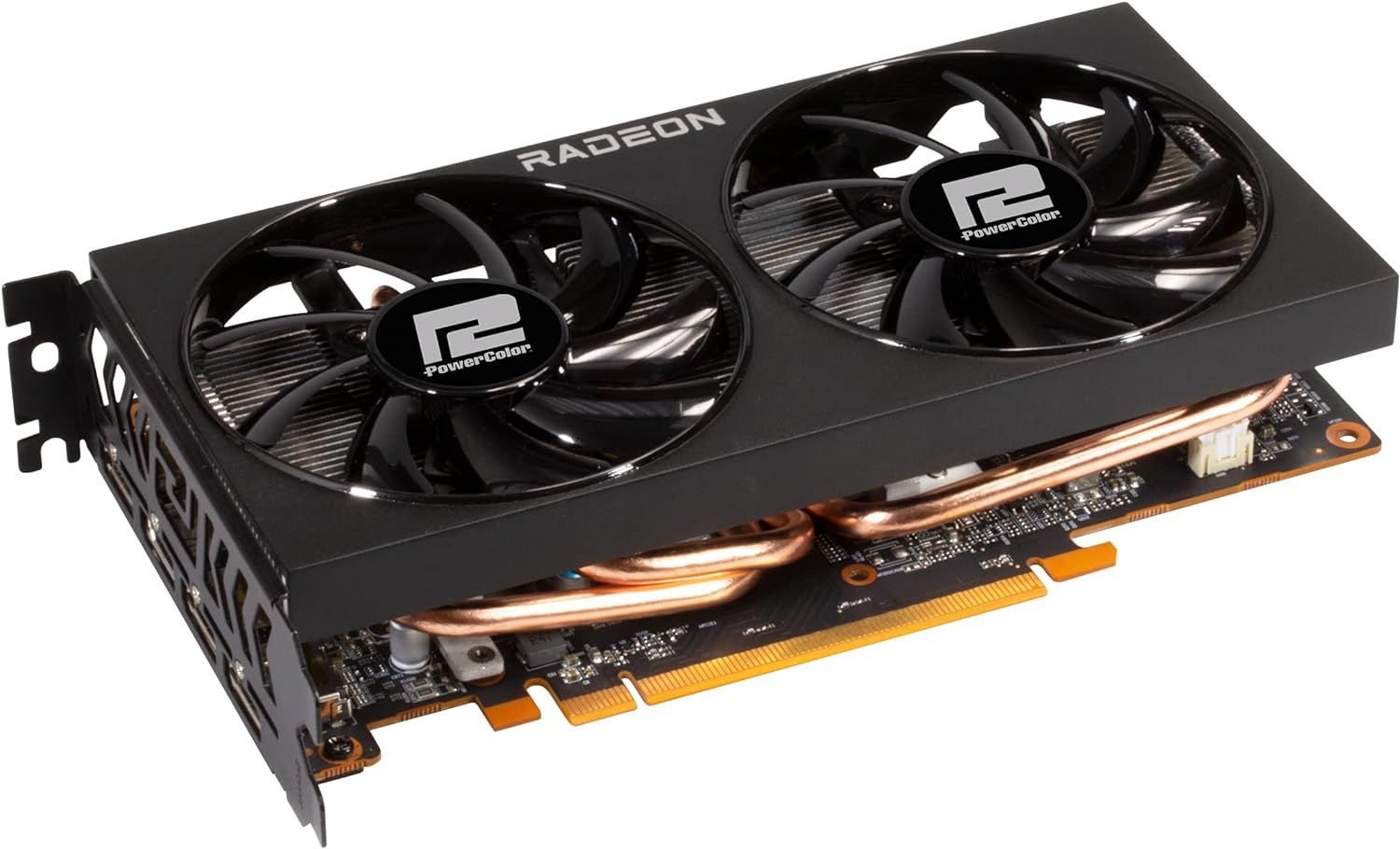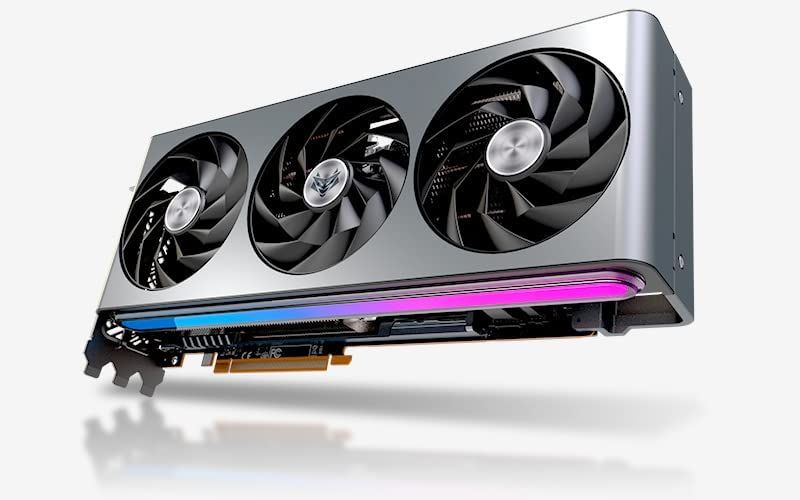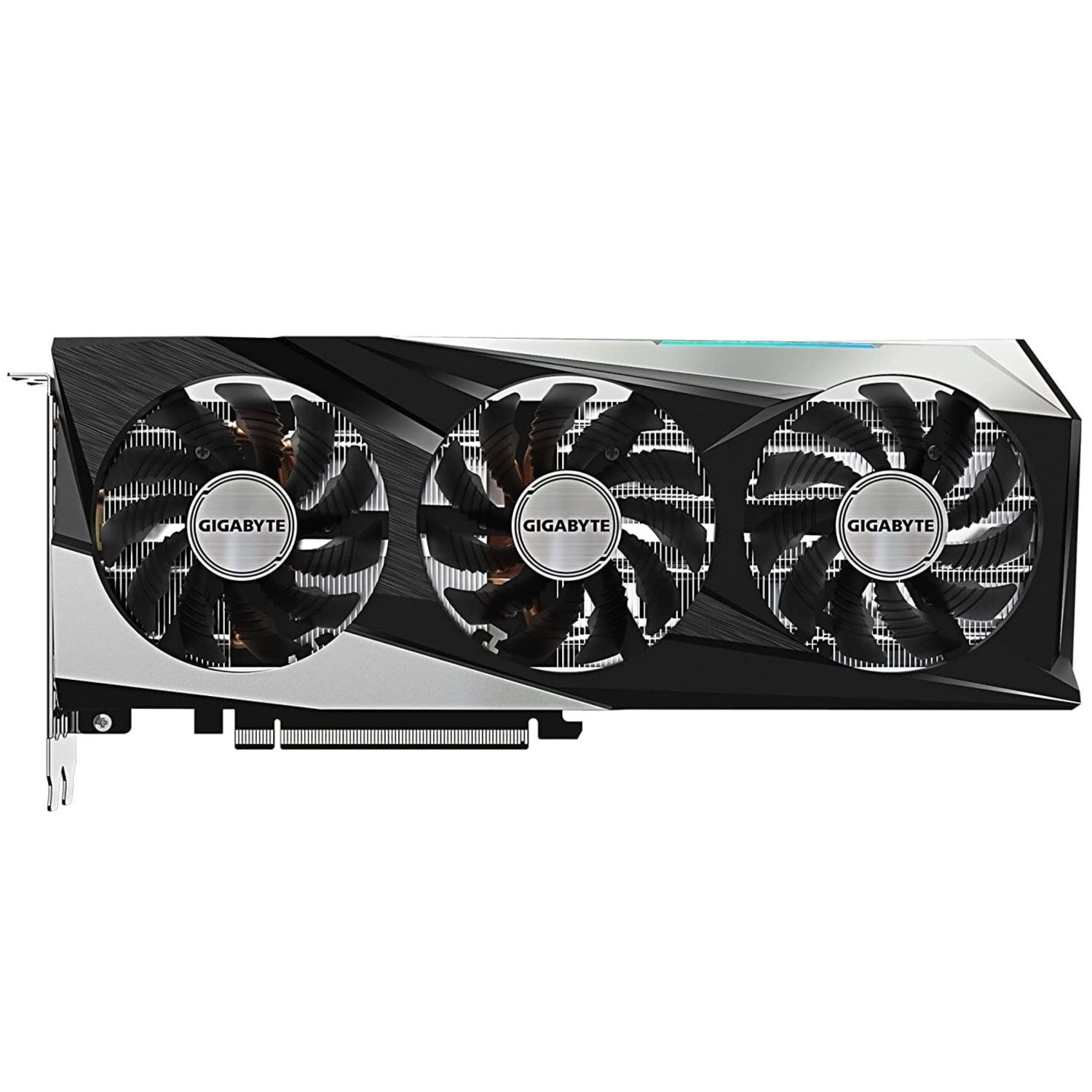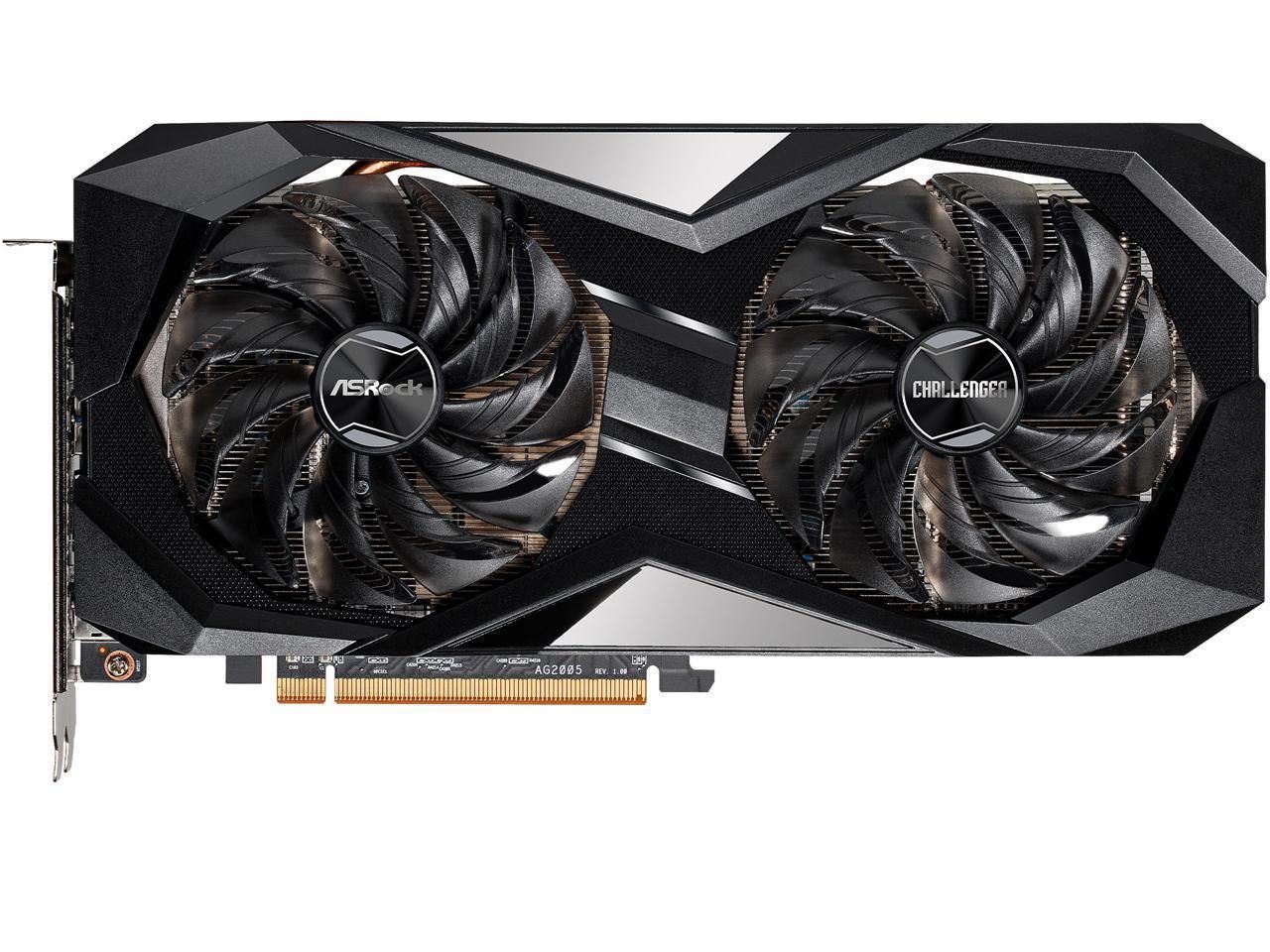The GPU world is ever-changing, and AMD continues to set the pace with value and performance. This guide’s goal is to shed light on the latest units from AMD, expounding on how each category of GPU meets the different needs and budgets of various users. From entry-level AMD GPUs to ground-breaking offerings that redefine 4K, this brand’s commitment to competitive pricing and innovation is second to none.

The Most Popular Graphics Cards for 2024
Here are some of the best GPU upgrades you can buy for your PC right now!
Updated on May 16, 2024, by Charlie Vin Tony: As the graphics card market continues to evolve, AMD has solidified its position with a range of GPUs that cater to various needs. The most recent update to this buyer's guide adds more information on the best budget and best value options.
AMD's RX 7000 Series: What Is In Play?
AMD's most recent releases, the RX7800XT and 7700XT, are considerably more promising than their predecessors, primarily because of the price points. They finally deliver next-generation competition to Nvidia, which has the RTX 4070 and RTX 4060TI in the same space. Both boast better performance than their peers while offering more VRAM as part of their package.
This alone should make the RX 7800 XT and 7700 XT hot products, but the goalposts have moved considerably in the last few generations from simple rasterization. Nvidia's trump card is Deep Learning Super Sampling (DLSS), or more particularly DLSS 3/3.5, an AI sharpening technique exclusive to its own GPUs that tends to offer significant performance gains.
AMD is late to the party, but it has made considerable inroads thanks to multiple updates to FidelityFX Super Resolution (FSR). All eyes are on its third major iteration to deliver the goods on performance post-launch as it takes a more open-source route, promising wider compatibility than its competition while building up significant performance gains.
AMD previously launched its RX 7000 series with two flagship card offerings: the Navi 31-based RX 7900 XTX and its cut-down sibling, the RX 7900 XT. They currently run at the helm of the current AMD GPU lineup. While the bulk of AMD's value-centric options are concentrated in the RX 6000 series, the 7900XTX and 7900XT supplant the aging 6950XT with relative ease. Taking their place at the top, they clock in at an MSRP of $999 and $899, respectively.
This does mean that while the upgrade path for some enthusiastic high-end to mid-range users is straightforward, users looking for better value or specific cases in a turbulent market may have a tougher time without proper guidance. Add in the fact that multiple AIBs are selling AMD cards with their own custom configurations, and users can find themselves overwhelmed by the sheer number of variants available for them to purchase.
Need to pair an AMD GPU with the right CPU? Check out Game ZXC's list of the best CPUs in 2024.
Game ZXC's Picks for the Best AMD GPUs in 2024
After two years of the initial launch of the RDNA 2-based RX 6000 GPUs, AMD made a comeback with its refreshed batch of new GPUs that filled the gap between the already available RX 6000 GPUs. Surprisingly, most of them are still available in the majority of retail stores, providing users with several options to choose from. Undoubtedly, the RX 6950 XT comes out to be the superior AMD GPU of all, whether we consider the RX 6000 or 7000 series. Not only is it the flagship RDNA 2 graphics card, but it outperforms most RDNA 3-based GPUs as well.
For a price equivalent to the RTX 4070, the RX 6950 XT brings about 15-20% better performance than the former and the RX 7800 XT. Even though it loses to the Nvidia GPU in Ray Tracing, the performance gap isn't that significant. With around 10-15% slower RT performance, it still manages to provide a higher value than the RTX 4070, making it a solid choice for enthusiasts. Moreover, the 16GB VRAM further enhances its value as a lot of modern titles rely on more GPU memory for executing heavier graphical-intensive processes.
The only apparent problem with the RX 6950 XT is its high power consumption, which necessitates the need for a good power supply. It consumes roughly 67% more power than the RTX 4070 and may generate more heat. Thankfully, the XFX Merc 319 edition provides a big triple fan cooling solution and higher clock speeds out of the box to keep overheating at bay.
The XFX Speedster MERC319 RX 7800 XT Black is one of the best-built RX 7800 XT GPUs users can find currently. It offers a tri-fan vapor chamber, dual bios, and both DP 2.1 and HDMI 2.1 ports out of the box. This allows it to be used in a variety of settings while keeping its thermals low and operation considerably quiet.
With 16 GB of VRAM on offer and a performance target that sees it beat the competing Nvidia RTX 4070 handily, the Merc 319 7800XT carves its own niche while making a bid for one of the best overall AMD GPUs of this generation. At the same time, it provides competition for the Nvidia RTX 4070 GPUs at a sub-$500 price tag. The Nvidia RTX 4070 GPUs are seeing price cuts and adjustments as Nvidia aims to keep its products more competitive since the RX 7800 XT launched in September 2023.

Best NVIDIA Graphics Cards in 2024
NVIDIA graphics cards are major investments, but these GPUs will provide years of regret-free gaming goodness.
The Merc 319 does trade at a premium over the $500 the base 7800 XT costs and requires a larger case than other SKUs given its form factor. This can also be seen as a necessary tradeoff for what is one of the best RX 7800XT SKUs on the market which comes overclocked out of the box.
The PowerColor AMD Radeon RX 6600 GPU is built for heavy lifting and is supported by 8GB RAM, making it stable. The visuals produced by this hardware are impressive, ideal for 1080p gaming, and will work with numerous game franchises, with the assurance of top image quality.
The Fighter AMD Radeon RX 6600's compact form factor translates to compatibility with small form factor designs, a show of its versatility with various builds.
Its display outputs include HDMI and DisplayPort, which are perfect for different monitor configurations. Heat generation is not a concern with this hardware, courtesy of a dual cooling fan with two ball-bearing technology for longevity. The mute fan technology ensures zero noise production when the fans run. The heatpipe Direct Touch technology enhances heat dissipation, which improves the GPU's life.
The Sapphire Nitro+ 7900 XTX Vapor-X is simply the fastest AMD GPU currently available. It also happens to feature some of the most premium build quality ever seen on the AMD platform. Sapphire took everything that it did right in the last generation and built itself a bigger advantage, one that other AMD GPU partners must look to overcome.
It clocks at the highest speed available for the 7900 XTX out of the box, pushing to a rated boost of 2680MHz, while its unlocked BIOS design can see the card pushed well past the 3GHz barrier on certain games and non-gaming workloads. The Vapor-X is a key example of when the AIB fixes a vital issue with the chipmaker's design, with the card being hard-pressed to even push 70 degrees Celsius under full load. This shows how well-engineered the card truly is.
All in all, if players have the money for it, and are a big AMD fan, this is the only card that should be on their shopping list for the best experience possible on AMD hardware.
The RX 7600 is simply the most viable option for around $250-$280. Providing up to 30% performance uplifts in modern titles, the RX 7600 is way ahead of the RX 6000 in both Rasterization and Ray Tracing. Unlike its bigger siblings, the RT performance of this card is really worth the price and gives a tough fight even to the RTX 4060 when the price-to-performance ratio is compared. The card brings 8GB of GDDR6 memory but now runs at a faster 18Gbps clock speed, which results in a higher memory bandwidth of 288GB/s.

Best Budget Graphics Cards in 2024
Looking for a graphics card on a budget? Check out this list to see which affordable option is right for you!
Unfortunately, the memory bus is still stuck at 128-but which may drive some gamers away from it as 8GB on a 128-bit bus is not the best choice for 1440p gaming. Regardless of that, the card still manages to outperform the RX 6600 by over 20% even on higher resolutions. Perhaps its biggest advantage is its AV1 encoding support that helps streamers stream at much better visual quality at a lower bit rate.
The ASRock Challenger Radeon RX 6700 XT is the utter definition of the optimum price-to-performance ratio. A huge contributing factor to this GPU’s performance is its low-profile, dual-fan design, which is overclocked out of the box. The fan ensures the system operates at the best temperatures and prevents overheating, a problem many GPUs encounter. It runs when temperatures rise and stops when it is cool for the best performance. Still, on the fan, it is noiseless and won’t be a nuisance to users.
This AMD GPU supports screen resolutions of up to 7320 x 4320 pixels, which is a reasonable value, considering most gamers are okay with a 1080p resolution. It is stable owing to its sturdy AMD RDNA 2 architecture, enhancing its overall performance. It has a 4GB RAM, which is reasonable enough for gaming and video editing.
AMD's RX 7000 Series: How it Fares Versus the Competition
AMD's RX 7900 XT and 7900 XTX GPUs were the first to arrive from Team Red at the tail end of 2022 as a direct response to Nvidia's RTX 4080 and 4090 GPUs. Since then, AMD has pushed out the balanced RX 7600, RX 7700 XT, and RX 7800 XT GPUs that act as competitive mid-range counterparts to the Nvidia RTX 4060, RTX 4060 TI, and RTX 4070, respectively.
AMD's current offerings generally offer higher VRAM out of the box than their Nvidia counterparts. They also offer, more often than not, better rasterization performance out of the box. At the same time, AMD's FSR tech has improved considerably since it first launched, and FSR 3 seems particularly promising. While its ray tracing performance continues to be less stellar than most enthusiasts would hope, the RX 7000 series does offer considerable gains over its last-generation alternatives from AMD.
AMD's Value Proposition for Gamers in 2024
AMD has made multiple inroads recently, most of them in the right direction. AMD does concede space to Nvidia somewhat, as the chipmaker moves faster with its plans for DLSS 3.5, and it has no answer to the RTX 4090 in its product lineup. The RX 7900XTX trades blows with an RTX 4080, at best. On the other hand, AMD has also made some of the better decisions in the industry, adopting DisplayPort 2.1 early on and offering better value for money with a more aggressive rewards program than its competition. This offers enthusiasts multiple reasons to go with AMD while also offering a wide array of GPUs to end-users looking to upgrade down the line.
Picking The Best AMD GPU In 2024
AMD's GPU choices are vast, with the RX6000 series trading at a serious discount, as well as the newer RX7000 series that aims to replace its older siblings at multiple price points. Therefore, while picking an AMD GPU, users can abide by simple guidelines to ensure they get the best bang for their buck:
- Target Resolution: As resolutions move higher, rendering games and content is increasingly more demanding on the GPU. As a result, knowing the target resolutions for the games a user plans on playing makes selecting an AMD GPU a much easier prospect. GPUs at different price points aim to allow users to game at varying levels of fidelity based on their target resolution. For example, the new 7900 XTX is overkill for an FHD resolution, while the 6500XT will struggle with 2K gaming in most cases.
- VRAM: Most AMD GPUs offer plenty of VRAM at lower price points. However, some GPUs can be a bit more restrictive in terms of memory availability, and this directly correlates with performance when gaming at higher resolutions. Ideally, most gamers should aim for 8 GB or more of VRAM in a modern GPU to ensure that they can game at FHD resolution with ease.
- Price-To-Performance Ratio: AMD's RX 6000 series is currently deeply discounted and often makes for better bargains than their RX 7000 series counterparts at various price points. This means that before purchasing a newer RX 7000 series GPU, it might be worth checking out other deals on the market for the older but still very relevant RX 6000 series GPUs. The RX 6700XT and RX 6950XT happen to be excellent bargains with no direct competition from current RX 7000 series GPUs at their price points.
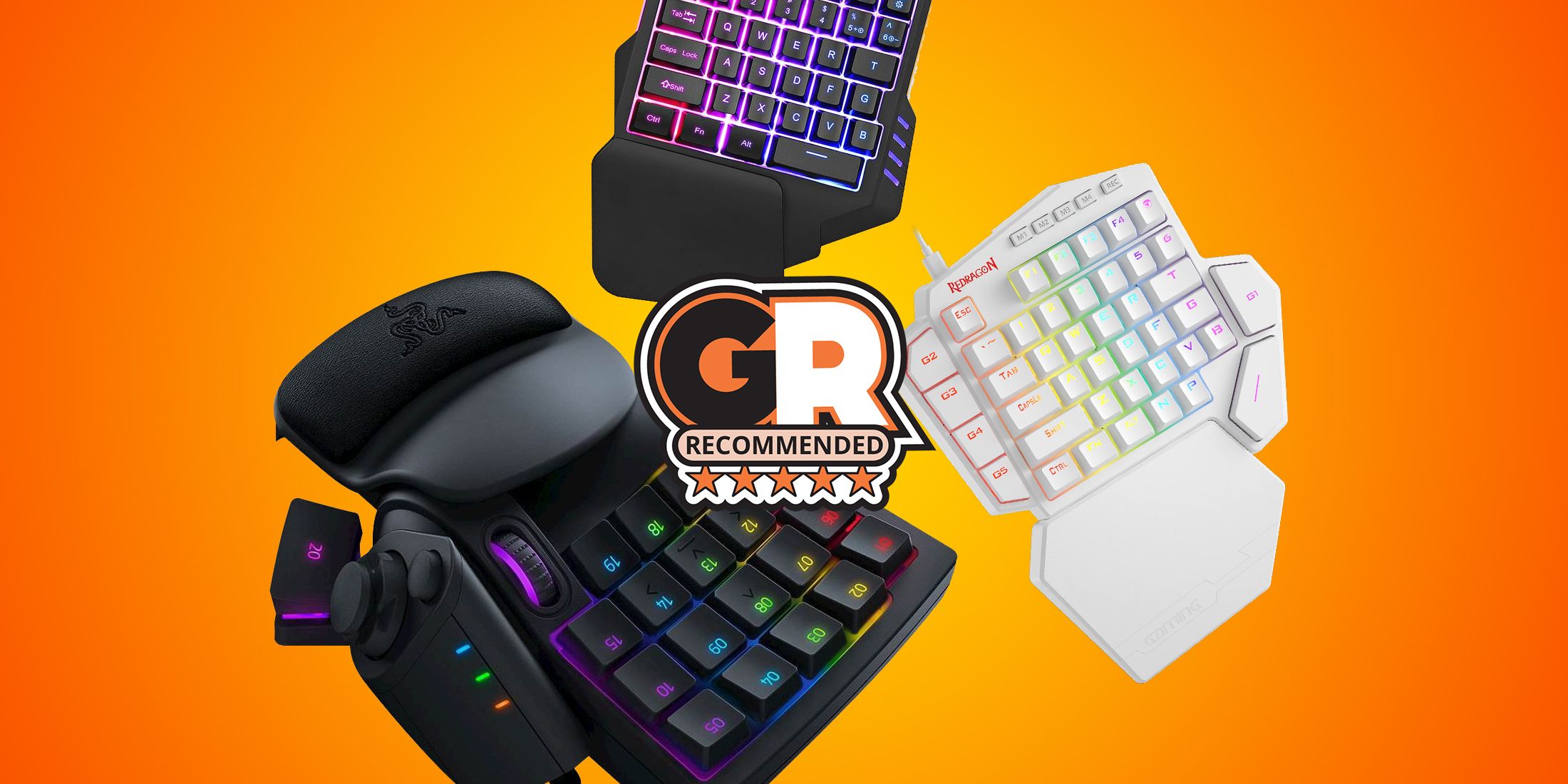
The Best Gaming Keypads for 2024
Discover the best gaming keypads that blend ease of use with durability in Game ZXC's buyer's guide.
FAQ
Q: What is the latest AMD graphics card?
AMD's most recent release is the RX 7700XT and 7800XT, which launched on September 6, 2023.
Q: Do AMD cards support Ray Tracing/RT?
Absolutely. AMD cards can do Ray Tracing. They use their own custom implementation versus Nvidia's proprietary hardware-based Ray Tracing technology, which is considered to be slightly slower than Nvidia's offering. This is, in its current iteration, somewhat inferior in terms of speed. However, AMD is projecting and delivering better Ray Tracing performance with newer GPUs and each driver update.
Q: What is AMD's DLSS3 alternative?
Nvidia's DLSS3 is groundbreaking tech that offers frame-gen tech as one of its most important breakthroughs in the space and with good reason. AMD has announced its own take on the technology in FSR 3.0. FSR (also known as AMD FidelityFX Super Resolution) is AMD's own take on upscaling tech that allows older and newer GPUs to run games beyond their specs at playable frame rates.
AMD touts its upcoming FSR 3.0 tech to offer as much as two times the frames per second (FPS) as its last generation iteration (FSR 2), but it has yet to appear in game titles to date.



